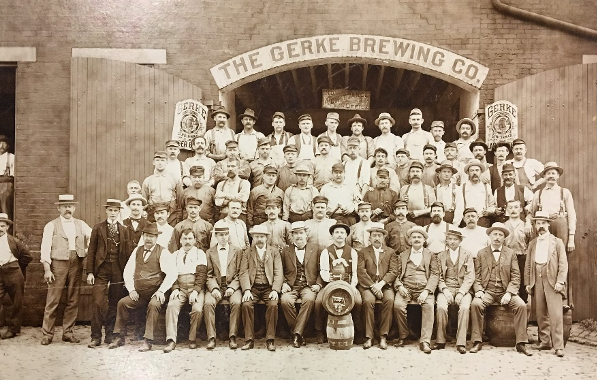
CMC Blog
A Snapshot of Early Cincinnati Breweries
By: Sarah Staples, Helen Steiner Rice Archivist

Crock generic, n.d. Cincinnati Museum Center. History Object Collection: CHS.1988.246.110.

Jackson Brewery workers, ca. 1870. Cincinnati Museum Center. General Photograph files: Breweries.

Generic green, n.d. Cincinnati Museum Center. History Object Collection: CHS.1988.246.47.
Early immigrants, like Frederick Billiods, William Attee, Patrick Reilly, Peter Jonte, Thomas Wood and John Walker, opened breweries in Cincinnati that produced beers found in their native countries – France, England and Ireland – mostly traditional ales and porters. When German immigration increased in the 1830s and 1840s, these immigrants looked for work in familiar industries. Brewing, being an important part of German culture, was a natural fit for German immigrants. At first early German immigrants, like George Klotter and George Herancourt, worked in the established French, English and Irish style breweries. Eventually they left to found their own breweries, which focused on the traditional German beer, lager.

George Herancourt, ca. 1880. Cincinnati Museum Center. SC#105. Ratterman Photo Album: pg 45.
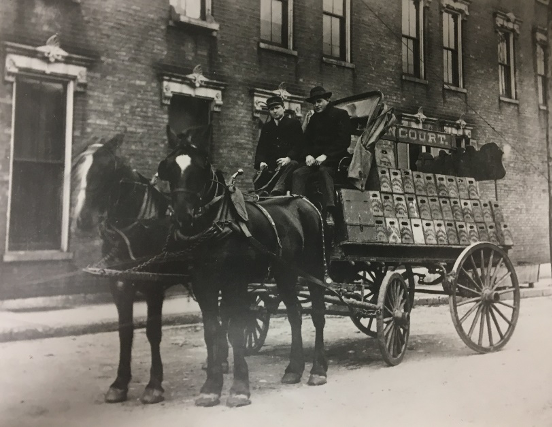
Herancourt delivery wagon, n.d. Cincinnati Museum Center. General Photograph files: Breweries.
In the late 1840s, George Herancourt was the first to commercially brew lager-style beer in Cincinnati. Over the next 20 years, commonly referred to as the Early Lager period, lager beer would become the dominant style of beer. Mass German immigration to Cincinnati helped change popular taste toward lager. Beer was also a safer choice than other beverages; unknown at the time was that cholera was transmitted through contaminated liquids, including water. The brewing process killed bacteria and made beer a safe beverage. Also lager beer’s relative low alcohol content made it more acceptable for women and even children to drink.
Lager beer changed how beer was brewed in Cincinnati. The low temperatures needed to ferment lager beer required Cincinnati brewers to find ways to increase brewing outside of the cold winter months. Lafayette Brewery was the first brewery to dig subterranean vaults to help create insolated cold spaces. They further increased their brewing season by installing intricate piping systems to circulate cold water and ice throughout the subterranean vaults to further decrease temperatures. (See the last photo in the article for a lamp that may have been used for lighting in the vaults)
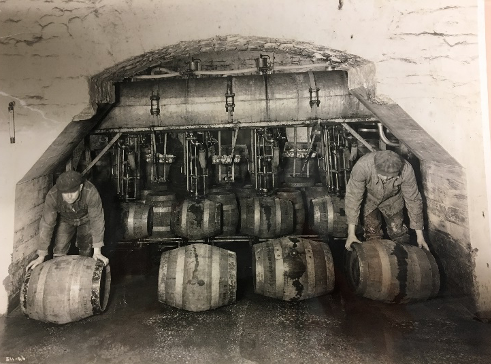
Cold Storage, n.d. Cincinnati Museum Center. General Photograph files: Breweries.
The Eagle Brewery, a very early brewery operated by William Attee and William Lofthouse, was leased by Joseph Schaller and John Schiff in 1850. The brewery was originally on 4th Street, between John and Smith Streets, but was later relocated to a larger complex on the Miami and Erie Canal, near Plum Street. In 1859, the Schaller & Schiff Eagle Brewery produced 42,000 half barrels of lager. During the summer months, it took 200,000 pounds of ice to keep temperatures low enough for fermentation. After Schiff sold his shares in 1859, Schaller worked the brewery alone until he partnered with John Gerke in 1864. The Gerke family would continue to run the brewery and they eventually changed the name to Gerke Brewing Company. By 1894, the company produced 140,000 barrels of beer.
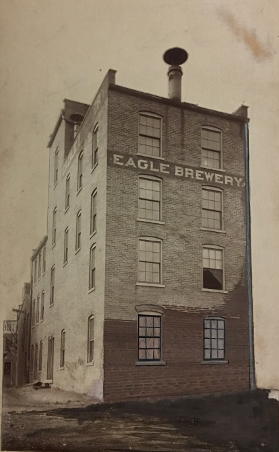
Eagle Brewery, n.d. Cincinnati Museum Center. General Photograph files: Breweries.

John Gerke, ca. 1880. Cincinnati Museum Center. SC#105. Ratterman Photo Album: pg 46.
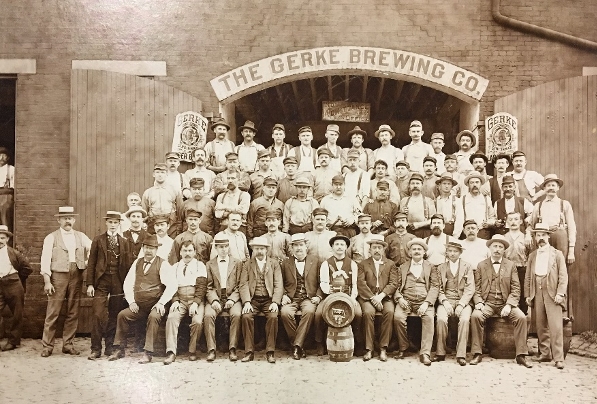
Gerke Brewing employees, n.d. Cincinnati Museum Center. General Photograph files: Breweries.
In 1853, Christian Moerlein, a German immigrant, opened a brewery on Dayton Street with Adam Dillman. After Dillman died the next year he partnered with Conrad Windisch. By 1864 the brewery was exclusively brewing lager beer and producing more than 26,000 barrels of beer per year. Moerlein bought out Conrad in 1866 and changed the brewery’s name to the Christian Moerlein Brewing Company. In 1868, he moved the company to a new building at the northeast corner of Elm and Henry Streets. Moerlein was one of the first breweries in Cincinnati to sell their beer all over the United States and internationally. By 1890, the company produced 225,000 barrels of beer.
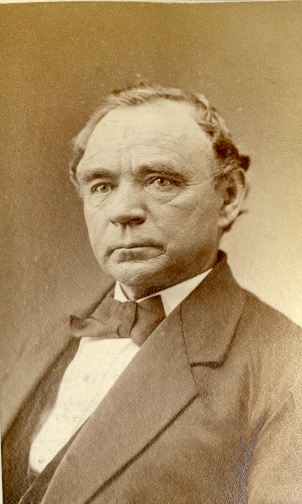
Christian Moerlein, ca. 1880. Cincinnati Museum Center. SC#105. Ratterman Photo Album: pg 39.
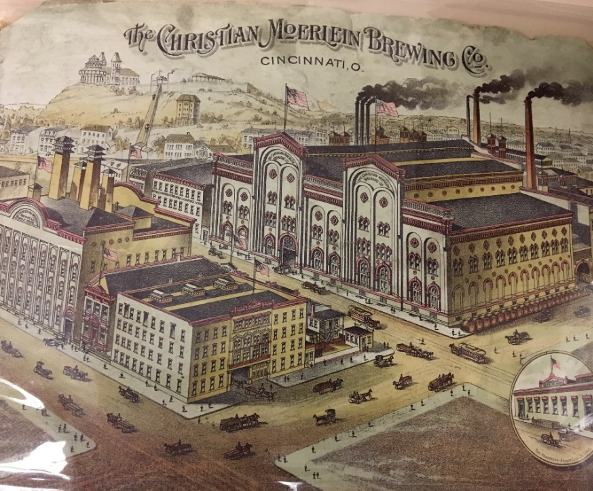
The Christian Moerlein Brewing Co., n.d. Cincinnati Museum Center. General Photograph files: Breweries.

Moerlein Brewing smoke stack, n.d. Cincinnati Museum Center. General Photograph files: Breweries.
John Hauck had many connections to the brewing industry. His uncle, George Herancourt, started working in Cincinnati breweries in the mid-1830s and opened his own brewery in 1847. In addition to working for his uncle, Hauck worked as a brew master at Lafayette Brewery and married the owner’s daughter, Katherine Billiods. Hauck founded a brewery on Dayton Street with John Windisch in 1863. When Windisch died in 1879, Hauck bought out his shares and changed the brewery’s name to the John Hauck Brewing Company. The following year the brewery produced 160,000 barrels of beer.

Hauck Brewing Barrel Dept., n.d. Cincinnati Museum Center. General Photograph files: Breweries.

Hauck Brewing Grainery, n.d. Cincinnati Museum Center. General Photograph files: Breweries.
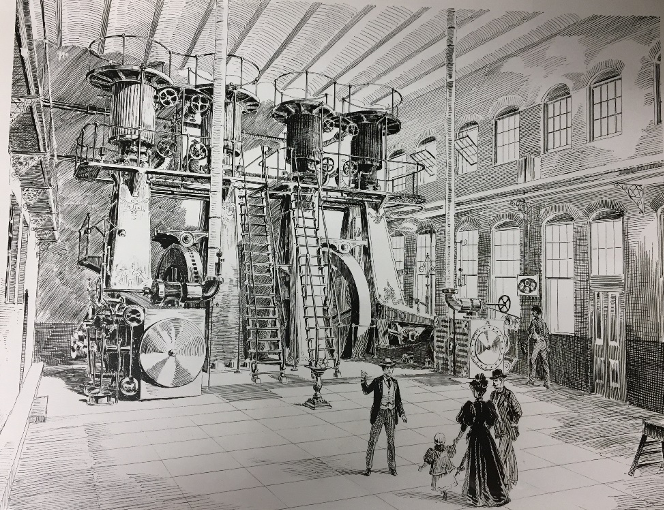
Hauck Brewing Interior Vats, n.d. Cincinnati Museum Center. General Photograph files: Breweries.
Conrad Windisch worked in Herancourt and Buckeye Brewery before entering into business for himself with Christian Moerlein. After their partnership ended in 1866, he started his own brewery with his brother-in-law, Gottlieb Muhlhauser and Muhlhauser’s brother, Heinrich. Officially named the Windisch-Muhlhauser Brewing Company, they were commonly known as the Lion Brewery due to the large lion sculptures that adorned their building. The brewery was located alongside the Miami and Erie Canal at Liberty Street. By 1894, the company produced 175,000 barrels of beer.
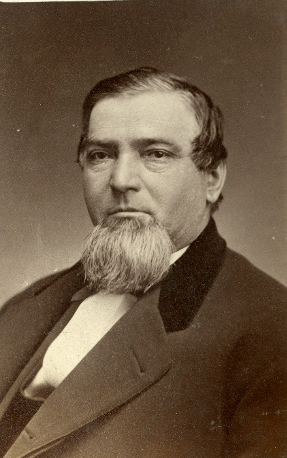
Conrad Windisch, ca. 1880. Cincinnati Museum Center. SC#105. Ratterman Photo Album: pg 44.

Lion Brewery Whale Oil Lamp, ca. 1870. Cincinnati Museum Center. History Object Collection.
Museum Admission
Includes Cincinnati History Museum, Museum of Natural History & Science and The Children's Museum
| Adult: | $22.50 |
| Senior: | $15.50 |
| Child: | $15.50 |
| Member Adult: |
FREE |
| Member Child: |
FREE |
Members receive discounts!
Become a Member today to save on programs, exhibits and films throughout CMC.
Museum Hours
Open Thursday – Monday
10 a.m. to 5 p.m.
Closed Tuesday and Wednesday
Closed Thanksgiving Day and Christmas Day
Member’s-only early entry: Saturdays at 9 a.m.
Customer Service Hours:
Monday – Sunday, 9 a.m. to 5 p.m.
